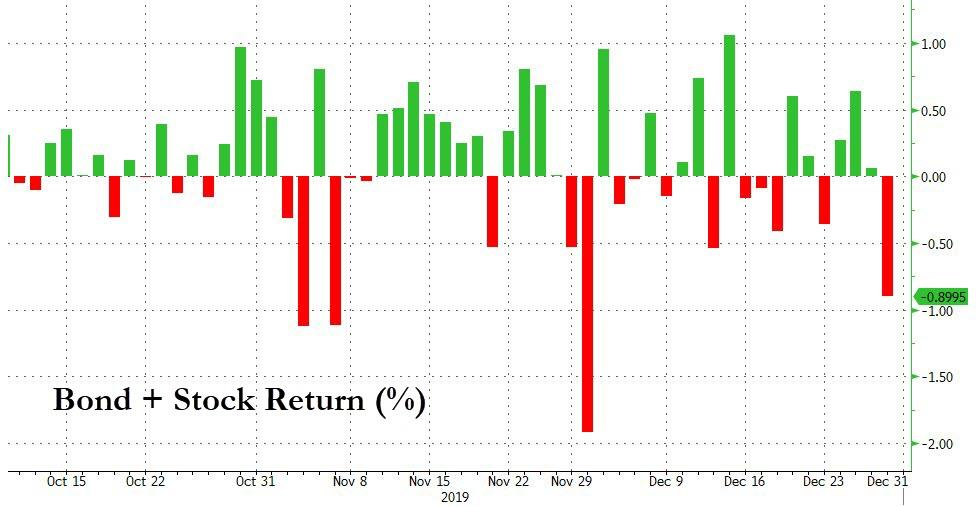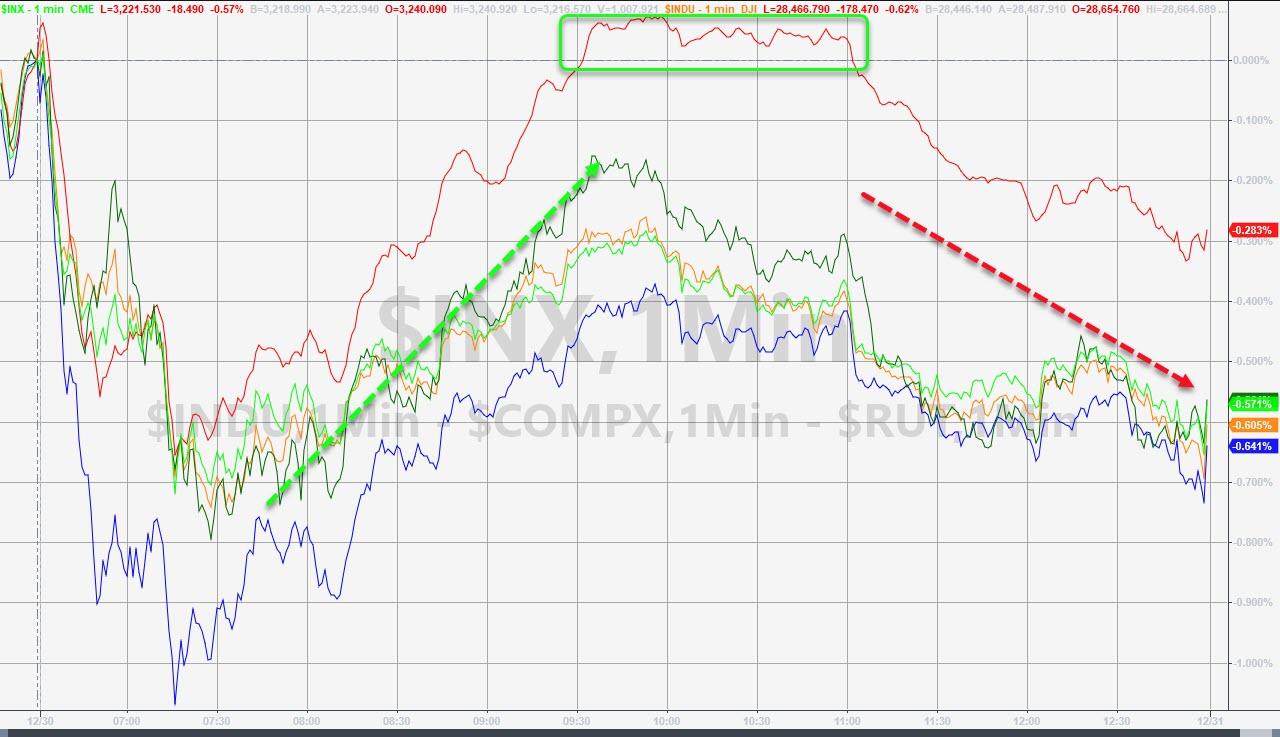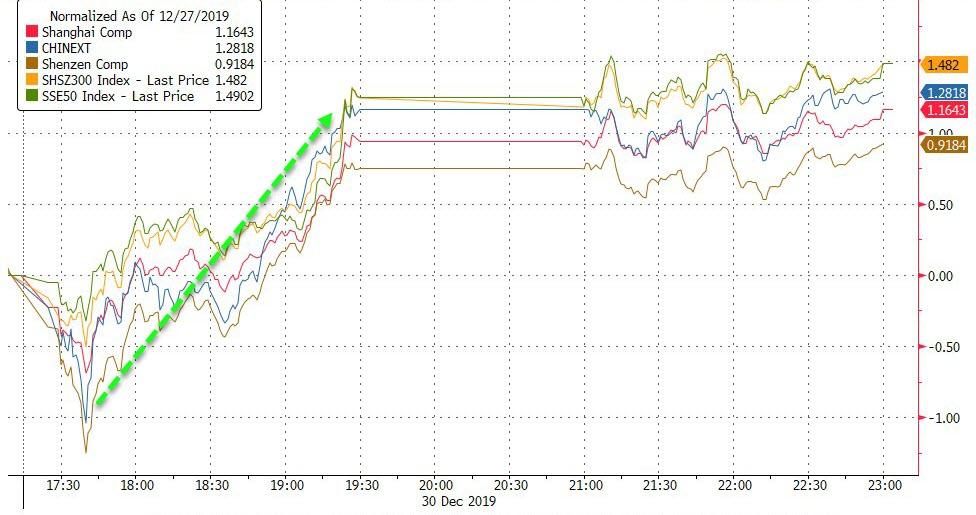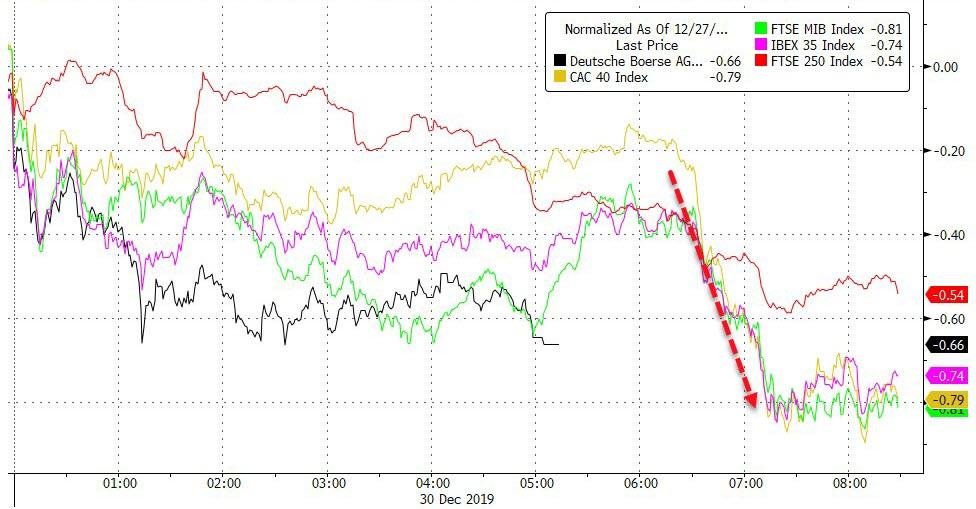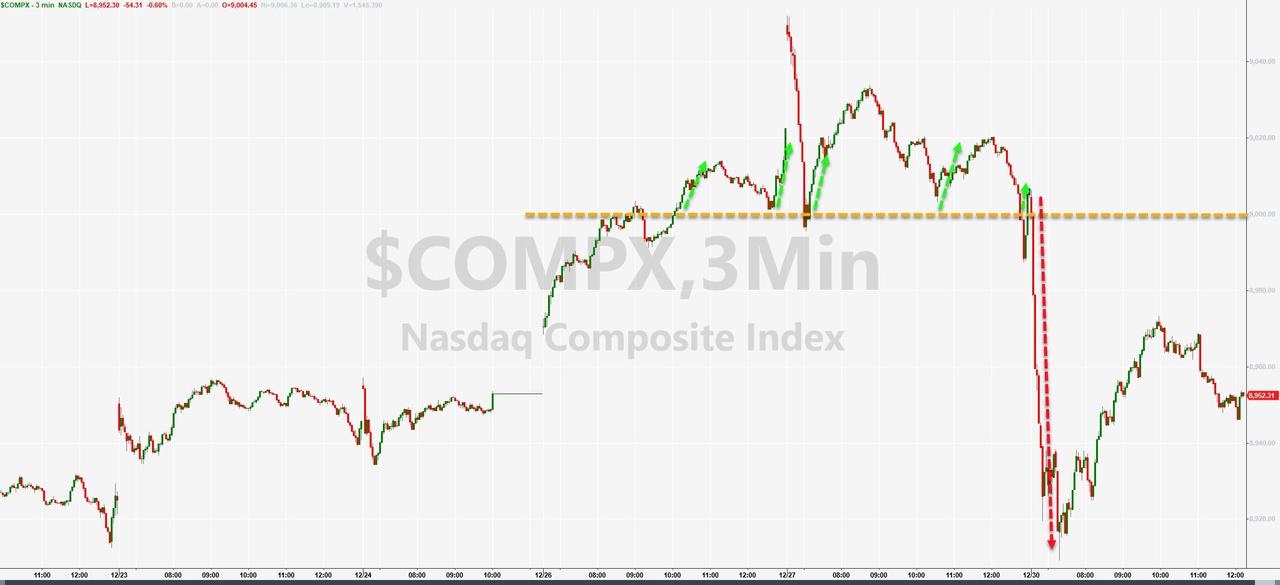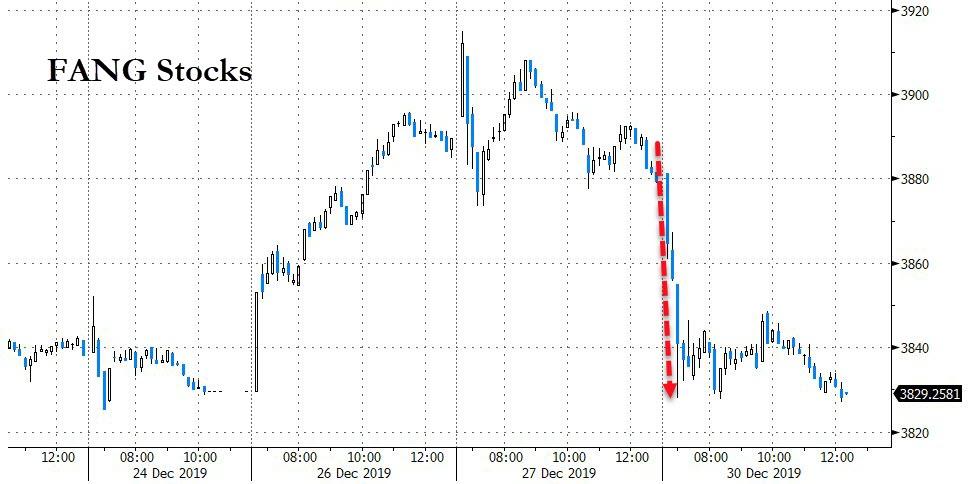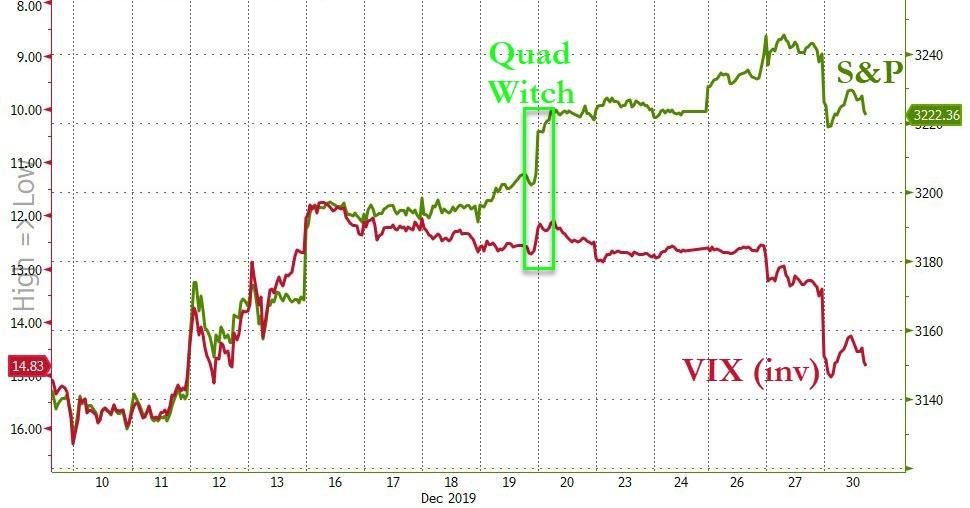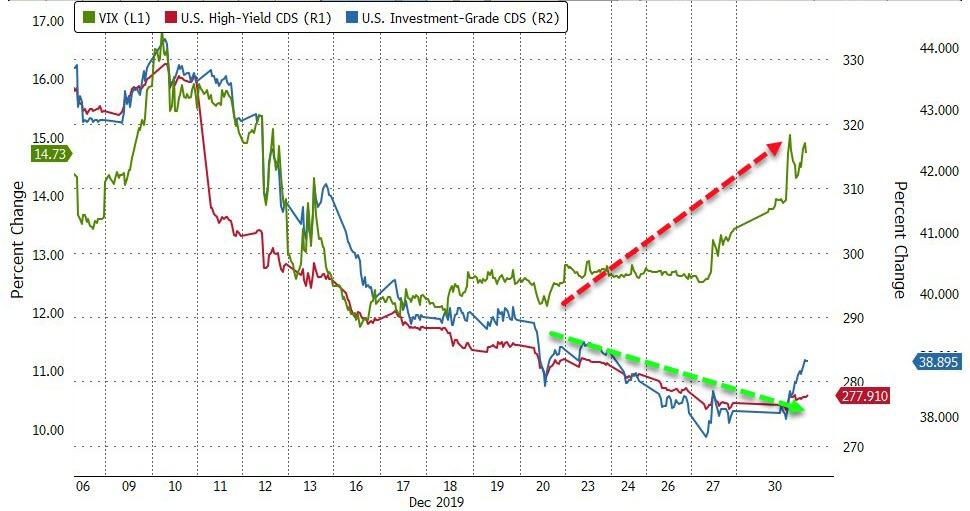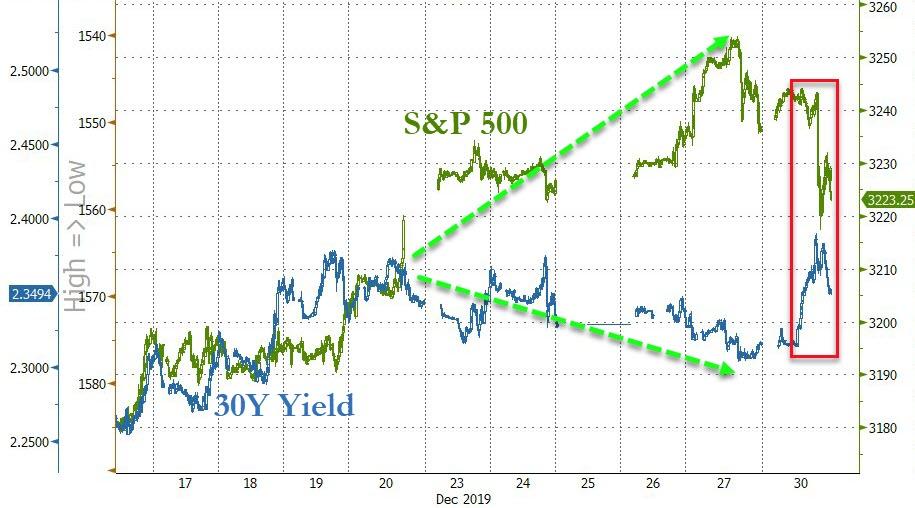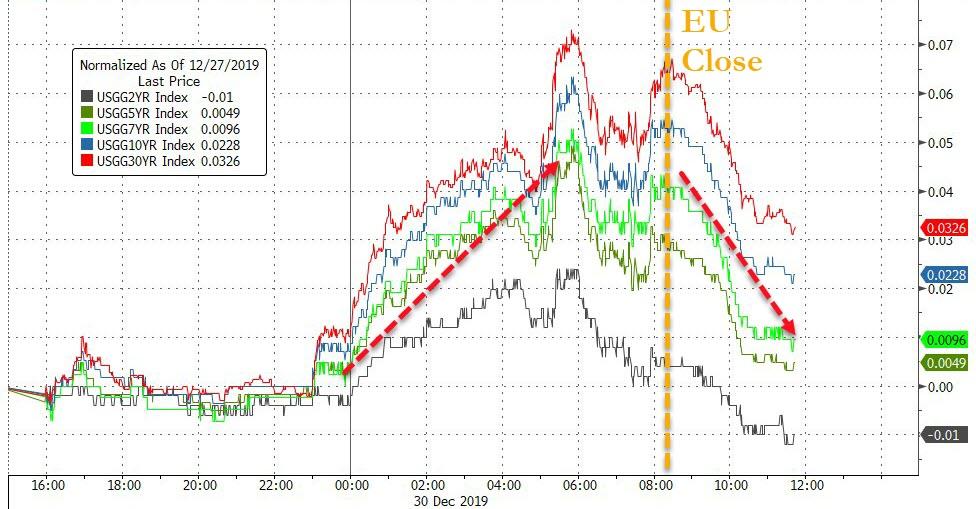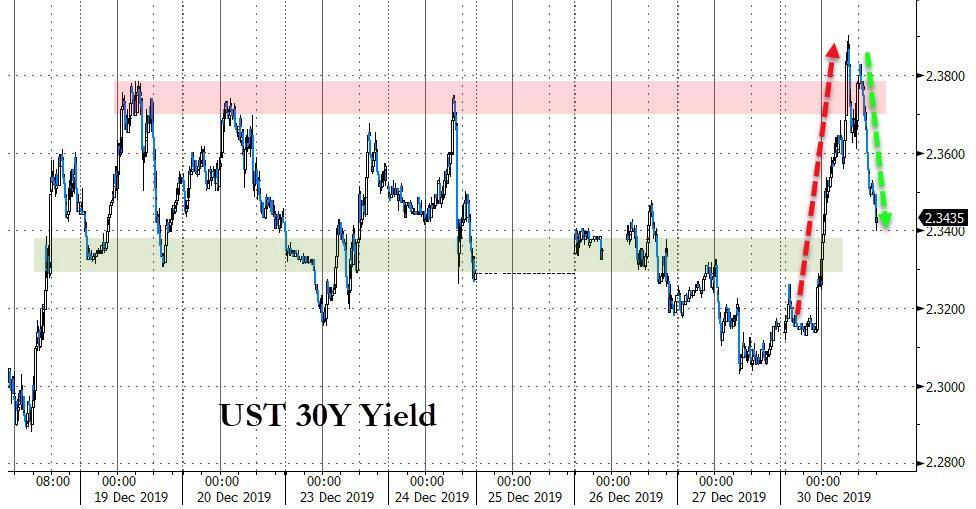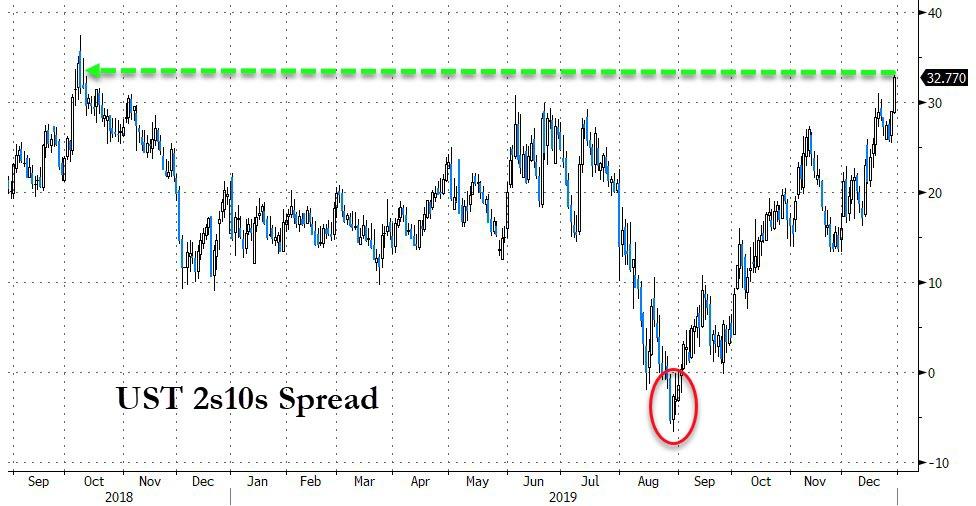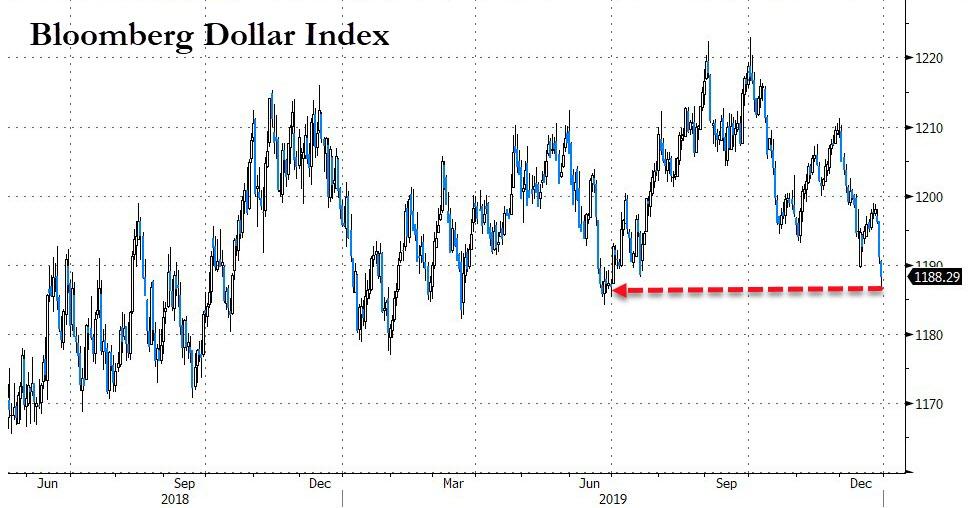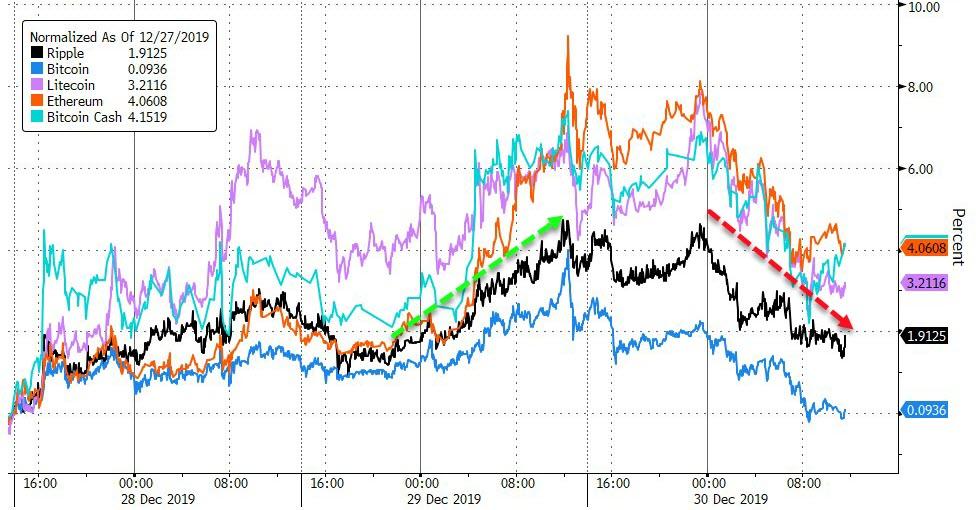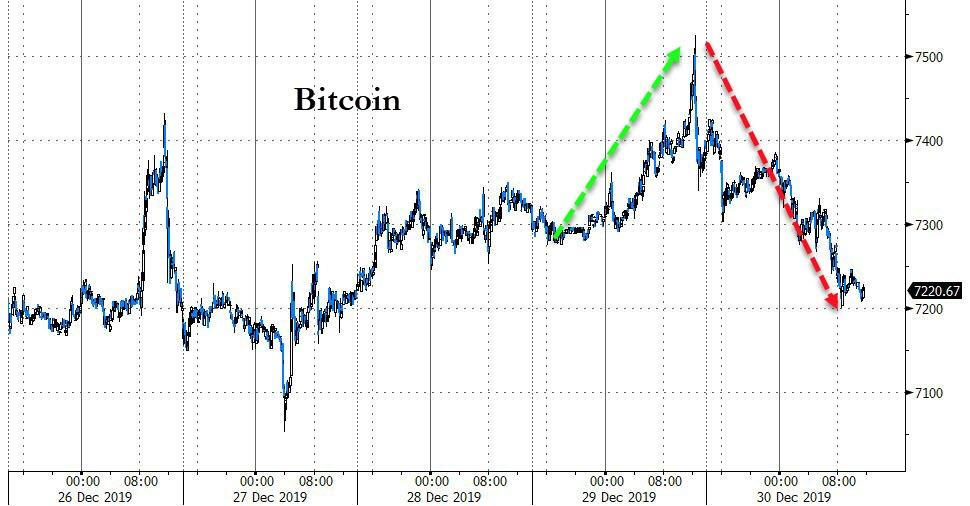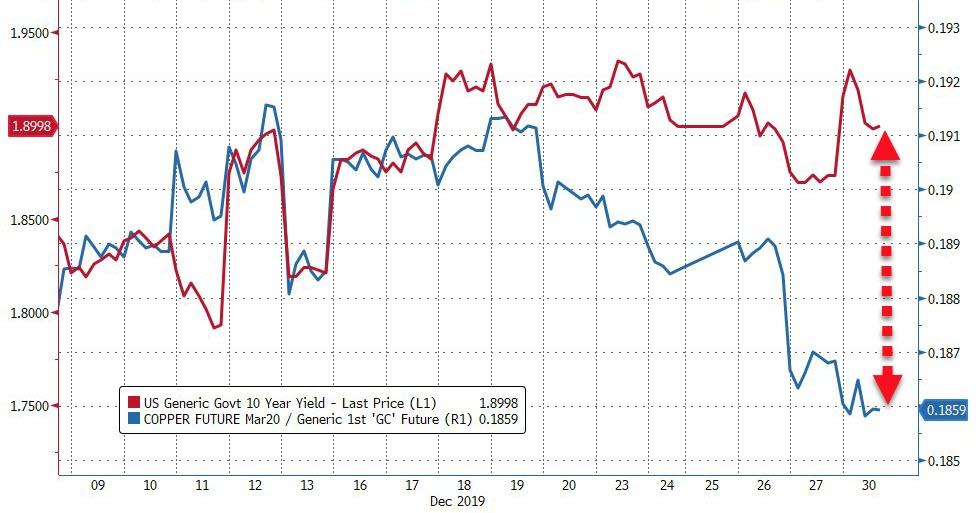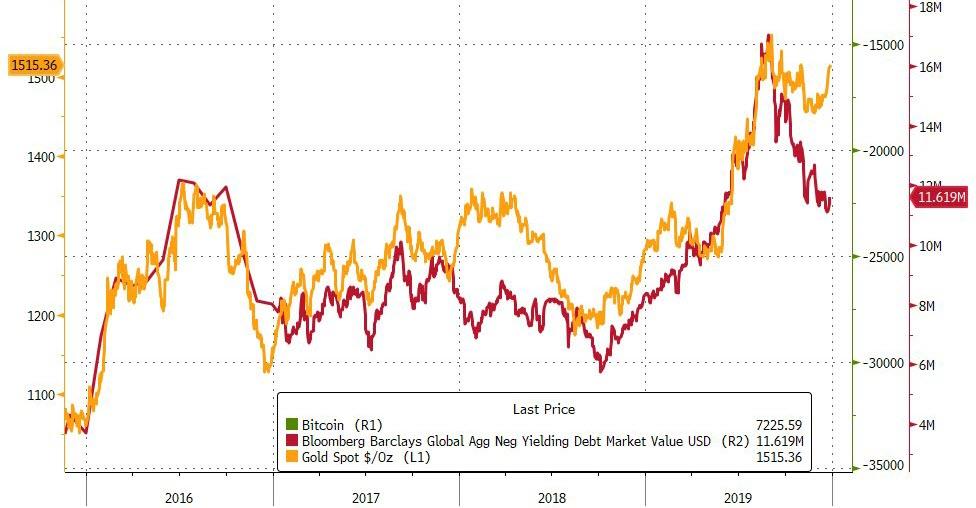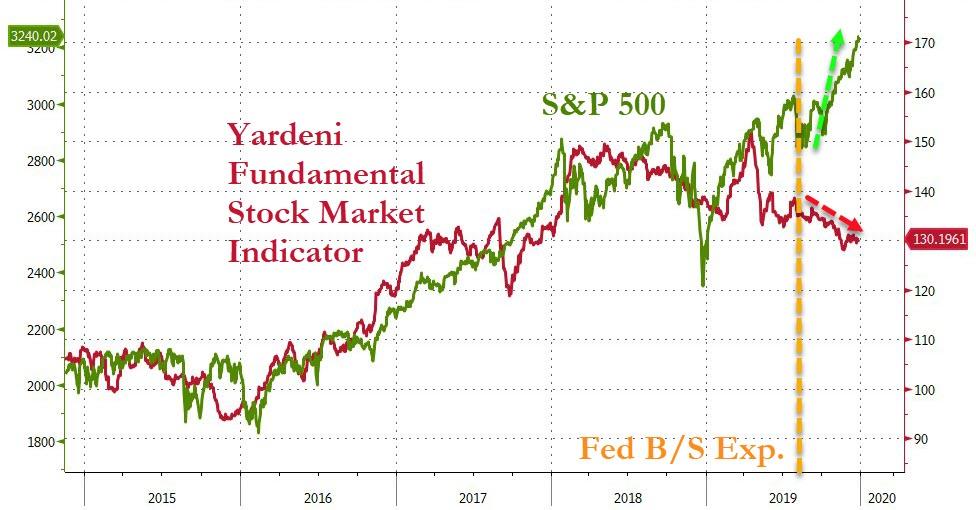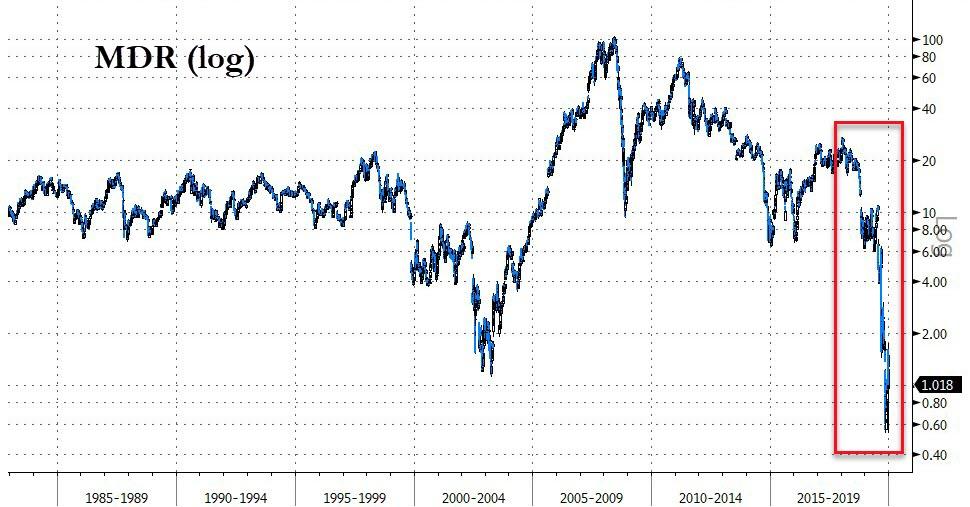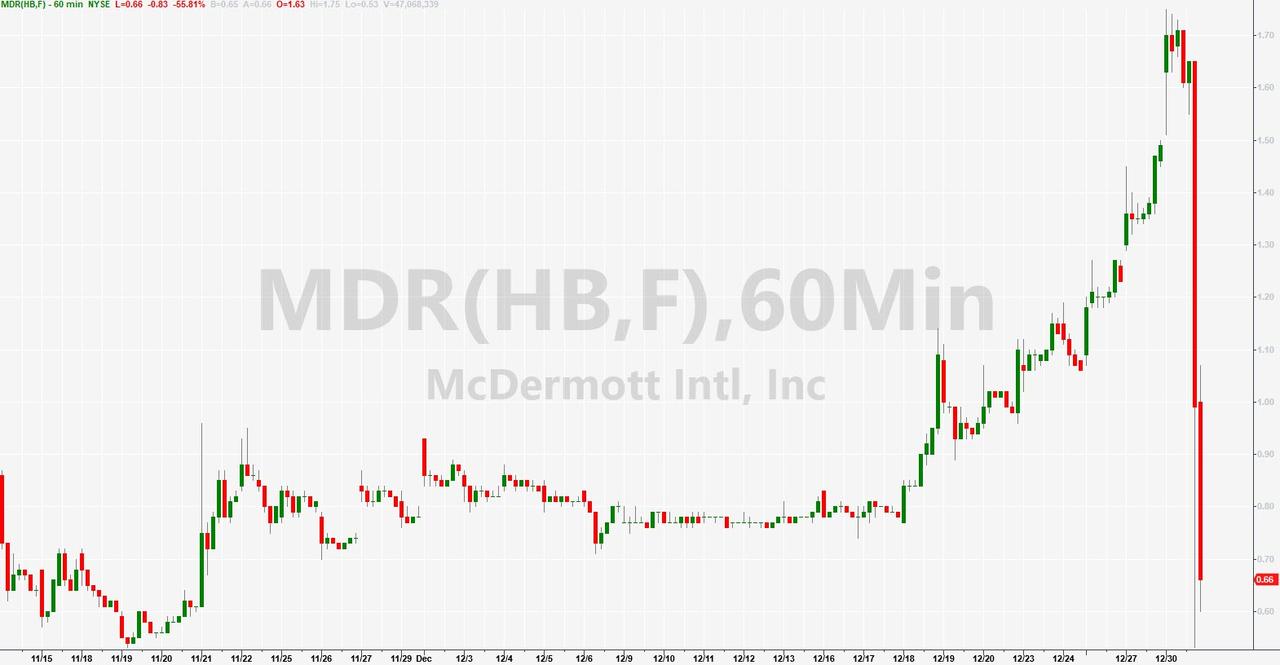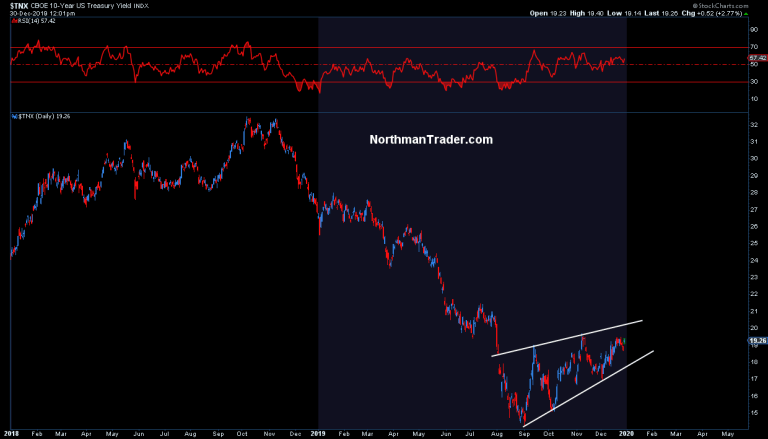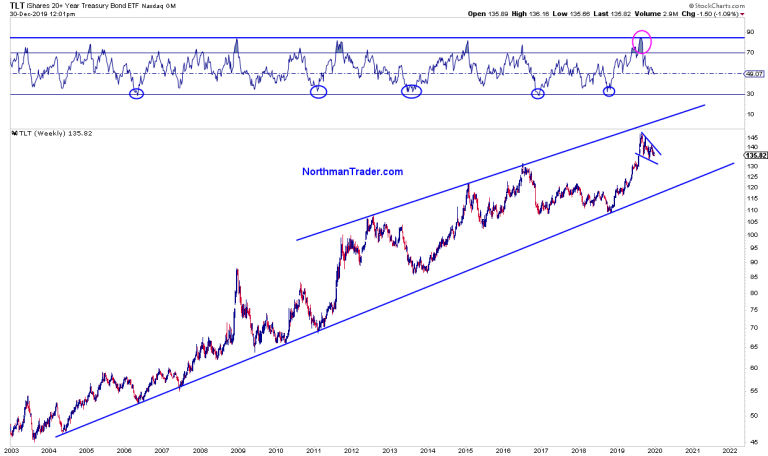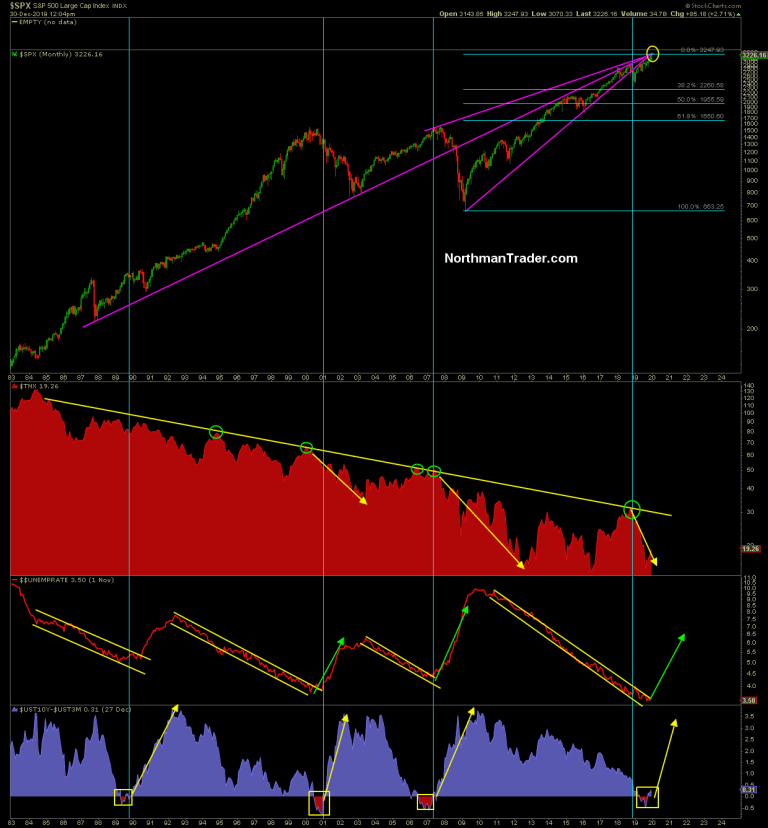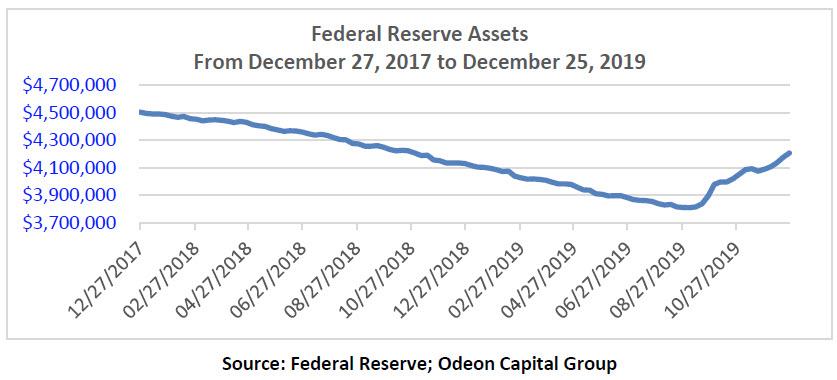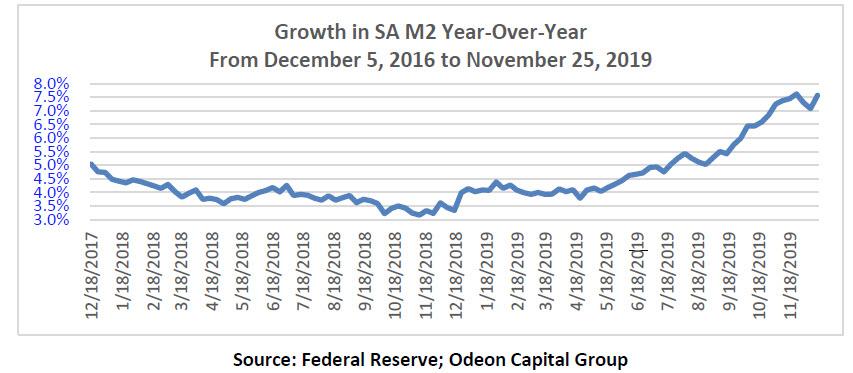With an unprecedented advertising spending binge, billionaire presidential wannabees Michael Bloomberg and Tom Steyer have launched themselves all the way to….the middle tier of the Democratic primary field.
The two candidates have spent a combined $200 million on television ads—with Bloomberg accounting for about $120 million of that total since he jumped into the race less than a month ago. No other candidate in the field has spent more than $18 million on ads so far, Politico reports. Bloomberg spent more than that in the first week after entering the race in late November.
Despite the advertising blitz, Bloomberg and Steyer are almost certainly wasting their money chasing political power. While it is foolish to rule out any electoral outcome in a world where Donald Trump is president, voters have responded to both Democratic billionaires with a resounding meh, and there seems to be little reason to think that will change next year, no matter how much money the two candidates pour into the race.
There are two lessons here. First, Bloomberg and Steyer seem to be on an inadvertent crusade to prove that progressive fears about the influence of money in politics are largely unfounded.
Secondly, the two billionaire candidates are providing a real-world lesson about opportunity costs by setting fire to their huge campaign war chests. They’ve got the means to change the world, but getting involved in politics isn’t the best way to do it.
Bloomberg has been spending close to $30 million per week on TV ads since jumping into the race in late November, but all that cash hasn’t done much to move the needle. He’s now running a distant fifth in the Real Clear Politics (RCP) polling average with about 5 percent, well behind more thrifty candidates. He’s unlikely to qualify for the next debate, scheduled for January 14 in Iowa, because Democratic National Committee rules require candidates to qualify via polling (Bloomberg has done enough on that metric) and by accumulating at least 225,000 individual donors.
In some ways, Bloomberg’s self-financed, ad-heavy campaign may not care about debates. Indeed, he might be better off saturating the airwaves without having to face any of his challengers in the flesh, where he’d likely be subjected to criticism over his wealth, his record of supporting “stop-and-frisk” policing in New York City, and more. In ads, no one else gets to speak.
Steyer has done marginally better—he’s qualified for the past three debates, but seems unlikely to make next month’s contest in Iowa. He’s polling below 1.5 percent in the RCP average, and doesn’t have great numbers in any of the early primary states—not even in his home state of California.
Given how Bloomberg and Steyer have struggled to gain traction despite their willingness to set fire to their respective campaign war chests, it’s a bit ironic to hear some of their Democratic primary opponents repeatedly bemoaning the influence of money in politics. Sen. Elizabeth Warren (D–Mass.) and South Bend, Indiana, Mayor Pete Buttigieg got into a kerfluffle at the last debate over whose campaign was more corrupted by the influence of deep-pocketed donors, and the consensus view in the Democratic primary field is that Congress ought to overturn the Supreme Court’s 2010 Citizens United decision, in which the court ruled that campaign contribution limits for political action committees (PACs) placed unconstitutional limitations on free speech.
Yes, it’s certainly true that money can buy access and influence in the political process. But when it comes to campaigns, money is only as good as the results it can produce. Joe Biden has well-documented fundraising issues, but continues to be the Democrats’ perceived front-runner. Bloomberg is spending more each week than Buttigieg has spent since his campaign launched, but “Mayor Pete” is the odds-on favorite to win the first primary contest in Iowa.
In short, the idea that “billionaires can buy elections,” as Sen. Bernie Sanders (I–Vt.) has put it, is being debunked right before our eyes. Again.
And if they can’t buy the election, couldn’t these guys do more by not running for president?
Take Steyer, for example. His entire campaign is built around a single issue. “I’m the only one on this stage who said climate is my number-one priority,” Steyer said at the last debate. He says that climate change is America’s biggest challenge, but “also our greatest opportunity to create millions of good-paying union jobs across the country.”
But you don’t need to be president to create jobs—not even union ones. You do need capital, and Steyer clearly has plenty of that.
Indeed, elsewhere during the same debate, Steyer bragged about his history of financing exactly the types of things he says he wants to do as president. “I’ve been working on this for more than a decade. I’ve taken on oil companies and beaten them on environmental laws. I’ve pushed clean energy across this country. I’ve prevented pipelines and I’ve prevented fossil fuel plants,” he said.
As president, Steyer would certainly have more power to block pipeline projects and stop power plants from being built. But solving climate change will require more than reducing Americans’ access to energy. It will require big ideas and innovative thinking: carbon capture, improved batteries, drought-resistant crops, cheaper desalination, more energy-efficient cooling methods, and better construction practices, among other things. Those ideas and products will almost certainly be developed in the private sector by individuals trying to make a buck.
Unlike most of us, Steyer is in a position to identify and support the companies most likely to make a real difference in reducing the effects of climate change or helping people to cope with them. Instead, he’s dropped $83 million (and counting) in order to get his plaid tie into a few primary debates that few voters watched and even fewer will remember.
Bloomberg’s pet causes are more varied, and libertarians are probably happy to see him blowing his money on an election instead of putting it towards another gun control effort. But the same questions about opportunity cost exist with his candidacy. Could a $100 million campaign to inform Americans about healthy eating do as much good as the Big Gulp ban President Bloomberg would likely try to sign? Probably, and it wouldn’t require him running roughshod over the Constitution.
Bloomberg, Steyer, and everyone else has the right to spend their money however they choose, of course, and all those advertising dollars are at least supporting local and national television stations and helping to indirectly employ producers, anchors, and reporters. Maybe some of those resources will be used to report on Bloomberg, since his own media organization is prohibited from doing so.
It’s also worth noting that the post-Citizens United world that Democrats who actually stand a chance of being elected president want to build would be a place where self-funding billionaire candidates would enjoy a relatively easier path to electoral success. By trying to reduce everyone else’s ability to speak, Democrats would let the future Bloombergs and Steyers dominate the airwaves even more than they do now. And those guys could use all the help they can get, it seems.

from Latest – Reason.com https://ift.tt/36hpyzO
via IFTTT
